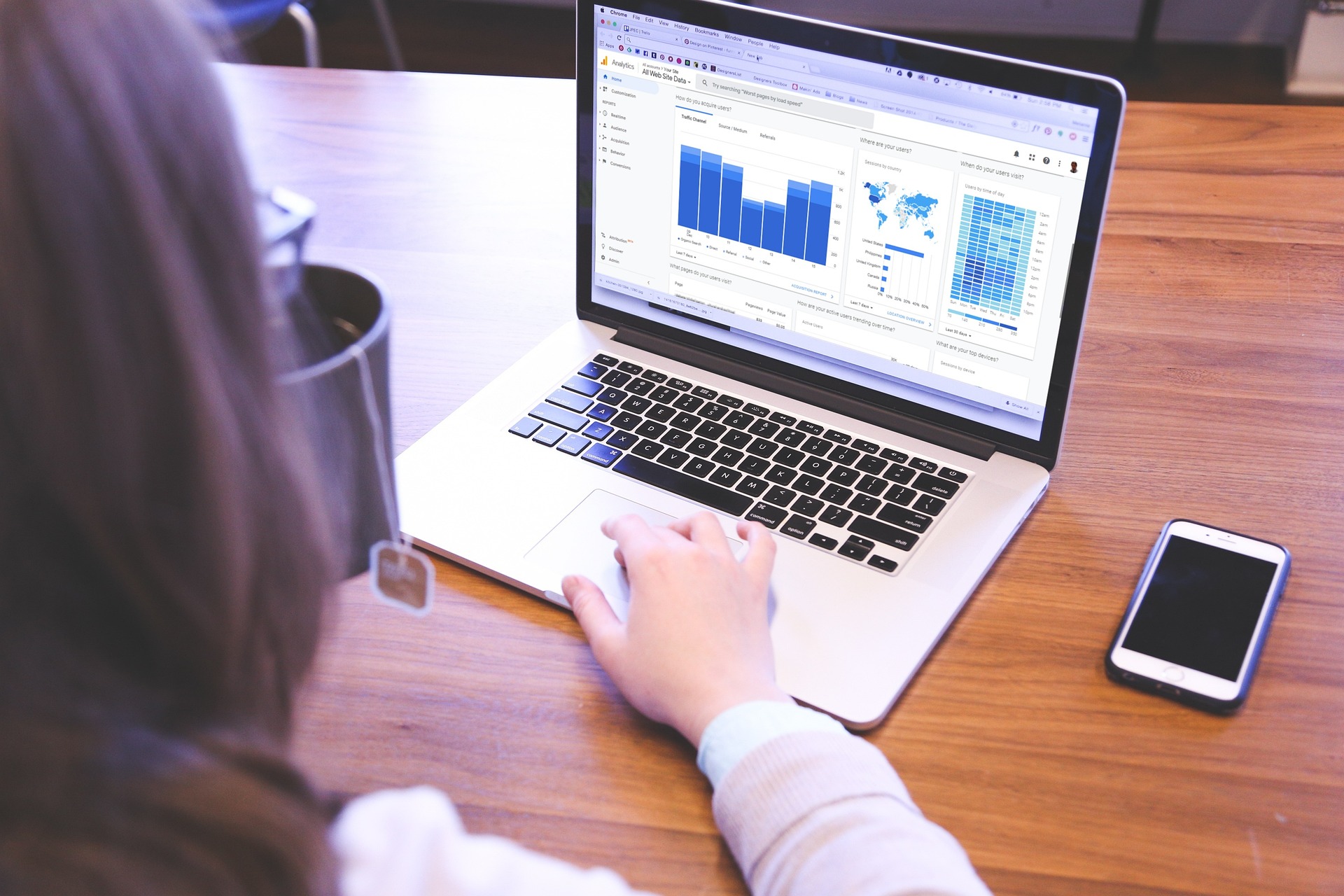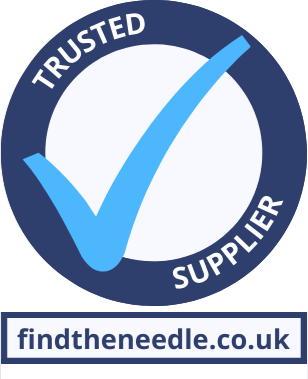Choosing the Right Remote Access Setup for Your Business Needs
- 06 Jan 2025
- Articles
In a highly connected business environment, reliable remote access solutions are essential. Companies must enable their employees to securely access critical applications and data from various locations. This capability extends beyond convenience; it ensures continued productivity and protects sensitive information.
With appropriate configurations, organisations can improve workflows and protect vital data. Understanding the available options helps businesses choose solutions that suit their specific operational requirements.
Understanding Remote Access Solutions
Remote access solutions are vital tools that allow users to connect to their business networks, applications, and desktops from remote locations. These solutions can range from traditional VPNs to more sophisticated software that offers features like remote desktop access, application publishing, and advanced security protocols. This flexibility is critical for modern businesses that adopt hybrid work models, enabling employees to access resources seamlessly, whether they are in the office or working from home.
Investing in the right remote access solution can yield numerous benefits, including improved productivity, enhanced collaboration, and reduced operational costs. By leveraging technology to facilitate smoother workflows, companies can respond more swiftly to client needs and market changes. Understanding the different types of remote access solutions available is essential for creating a robust framework that supports business operations efficiently.
Remote access solutions can be broadly categorised into three types: VPNs, remote desktop solutions, and application virtualisation technologies. Each of these has its own set of features and benefits.
-
Virtual Private Networks (VPNs): This is one of the most common methods for secure remote access. VPNs create a secure tunnel between the user's device and the company's network, encrypting data during transmission. While this is an effective way to ensure data security, VPNs can sometimes slow down the connection speed. They may require complex configurations that could lead to user frustration.
-
Remote Desktop Solutions: These allow users to access their office desktop computers from remote locations. Users can control a remote machine as if they were sitting in front of it, accessing all applications and files. Remote Desktop Protocol (RDP) is a widely used technology in this area, facilitating a seamless experience. However, the need for constant connectivity can be a drawback if internet reliability is an issue.
-
Application Virtualisation Technologies: This approach involves running applications on a server instead of local machines. Users can access these applications via a web browser, making it easier to manage software updates and security. This method can significantly reduce the need for high-end hardware on user devices, as applications are executed on the server side, hence offloading processing tasks from individual machines.
Implementing the right type of remote access solution can provide businesses with the flexibility and security needed to support remote work while enhancing overall productivity and operational efficiency.
Factors to Consider When Choosing a Solution
Selecting the right enterprise remote access solutions requires a careful evaluation of key factors to ensure they meet organisational needs while remaining secure and cost-effective. Here's what businesses should prioritise:
Security Features
With increasing data breaches, robust security measures are critical. Effective remote access solutions for enterprise environments must include encryption, multi-factor authentication, and stringent user permission settings. These features protect sensitive information while building trust with clients. Always verify that the solution complies with relevant industry regulations, such as GDPR, to maintain legal standards.
User Experience
The solution should be intuitive, enabling employees to access tools and applications easily. A user-friendly interface can enhance adoption rates and reduce frustrations, thereby boosting productivity. Before implementation, conduct usability tests to gather employee feedback and refine the selection process.
Scalability
Business growth often brings evolving remote access requirements. Choose a solution capable of accommodating more users or expanding features without sacrificing performance. This adaptability helps avoid costly system changes as organisational demands increase.
Support and Training
Comprehensive customer support and training resources are essential. These ensure employees can use the solution effectively, reducing potential downtime and fostering a smoother transition. Look for providers offering accessible training materials and reliable support to minimise disruptions.
Cost-Effectiveness
Balancing functionality with budget is a common challenge. Focus on long-term value over initial costs by considering the total cost of ownership, including maintenance and upgrades. Transparent pricing models from vendors will simplify financial planning and help make informed choices.
Tailored Solutions for Diverse Needs
Organisations across industries have distinct operational requirements, making it essential to choose remote access solutions that address specific needs. For example:
-
Healthcare providers often require tools that ensure compliance with regulations like HIPAA.
-
Financial institutions prioritise stringent security protocols to safeguard client data.
-
Tech startups may prefer flexible, cloud-based solutions for rapid scalability.
-
Manufacturing firms might need secure connections to legacy systems for seamless operations.
Small to medium enterprises (SMEs) face unique challenges, often requiring cost-effective solutions that maintain strong security and reliable performance. These organisations can benefit from remote access tools that offer efficiency and adaptability to help them compete effectively, even with limited resources.
Considering industry-specific requirements ensures that businesses choose solutions that meet current needs while allowing room for future growth. By evaluating how well a solution aligns with operational goals and regulatory standards, organisations can achieve both functionality and long-term success.
Choosing the Ideal Remote Access Solution for Enterprises
When considering options for remote access, organisations can turn to advanced solutions tailored specifically for enterprise environments. Providers like TSplus specialise in offering secure, efficient remote access setups that enhance productivity while ensuring compliance with industry regulations. Features include:
-
Robust security measures.
-
Ease of integration with existing systems.
-
The ability to support a diverse user base.
Whether it’s about remote desktop access or application publishing, numerous features can streamline workflows across teams and departments. By implementing a remote access solution for enterprise at TSplus, businesses can achieve a reliable connection to their applications and desktops from any location, thereby facilitating seamless operations. This not only improves the user experience but also empowers enterprises to maintain high standards of security and efficiency.
Moreover, TSplus offers tailored configurations that allow businesses to adapt the solution to their specific operational workflows. This adaptability can be crucial in optimising performance and ensuring that the remote access infrastructure complements existing processes.
Implementing Your Chosen Solution
After selecting a suitable remote access solution, effective implementation is key. Begin with a pilot program to test the system in a controlled environment. Involving a small group of users allows you to identify issues and gather feedback on usability before a full-scale rollout.
Clear communication with your team is essential during this phase. Conduct focused training sessions to ensure employees understand the system’s features and benefits. This can ease the transition and enhance user confidence.
Post-implementation, monitor performance and usage metrics to assess how well the solution meets your business needs. Regular reviews help identify areas for improvement and ensure the system evolves with organisational requirements.
Establishing a feedback loop with users can further refine the solution by addressing challenges and incorporating suggestions. This collaborative approach fosters ownership among team members, enhancing satisfaction and engagement.
The Future of Remote Access Solutions
The evolution of technology is driving rapid changes in remote access solutions. Innovations like artificial intelligence, machine learning, and advanced biometric security are expected to shape future systems. Staying informed about these trends will help businesses maintain competitiveness and improve their remote work strategies.
Choosing solutions that can integrate emerging technologies is essential for long-term success. Collaborating with vendors focused on innovation and ongoing development ensures your remote access infrastructure remains adaptable and effective.
Implementing the right remote access tools enhances operational efficiency while supporting a flexible, resilient business model. This adaptability helps organisations meet shifting demands and employee expectations effectively.








